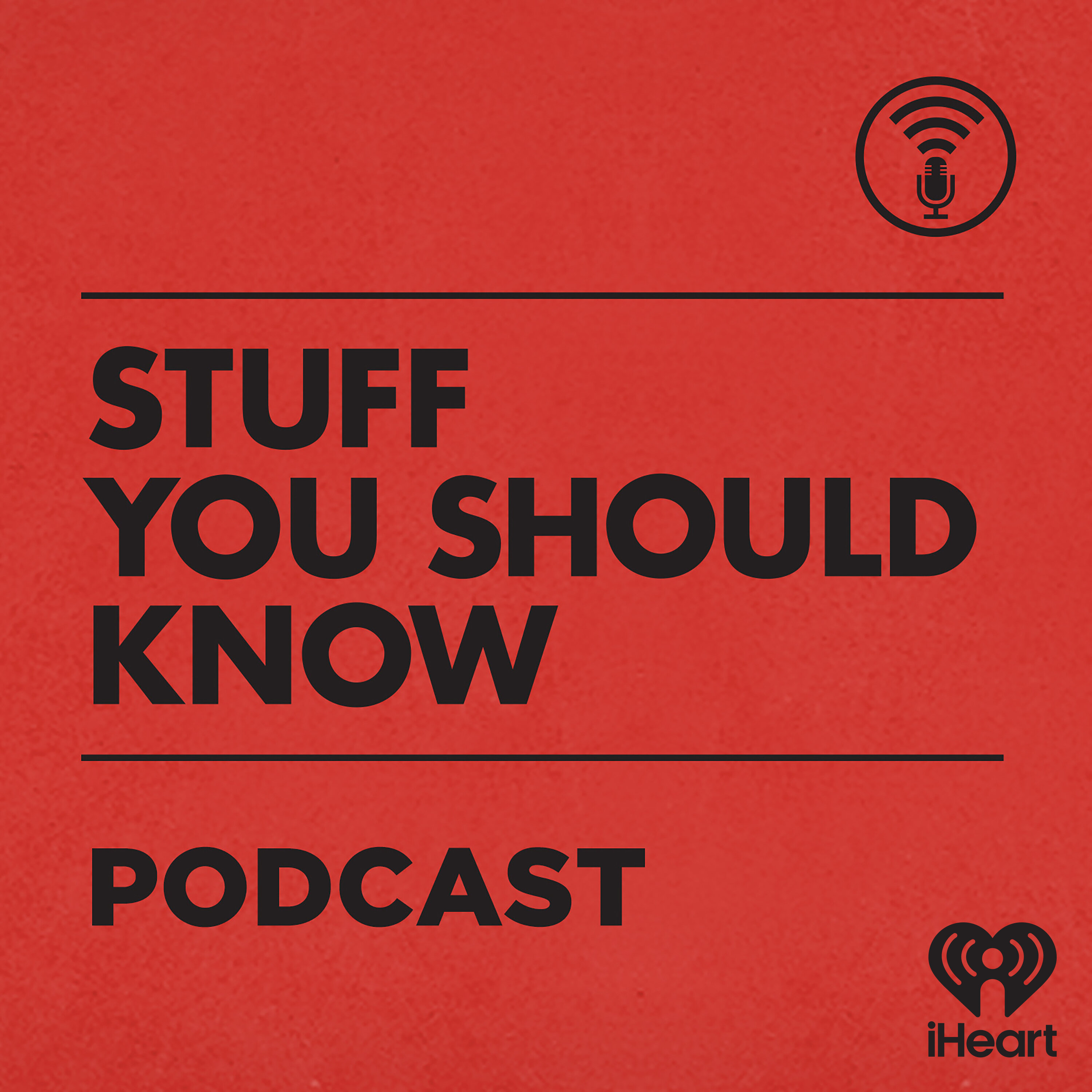
Description
If you’ve ever wanted to know why peacocks have such amazing feathers, why they’re not all called peacocks, and plenty of other neat stuff about peacocks, then perhaps this episode on peacocks is for you. See omnystudio.com/listener for privacy information.
Audio
Featured in this Episode
No persons identified in this episode.
Transcription
No transcription available yet
Help us prioritize this episode for transcription by upvoting it.
0
upvotes
Popular episodes get transcribed faster